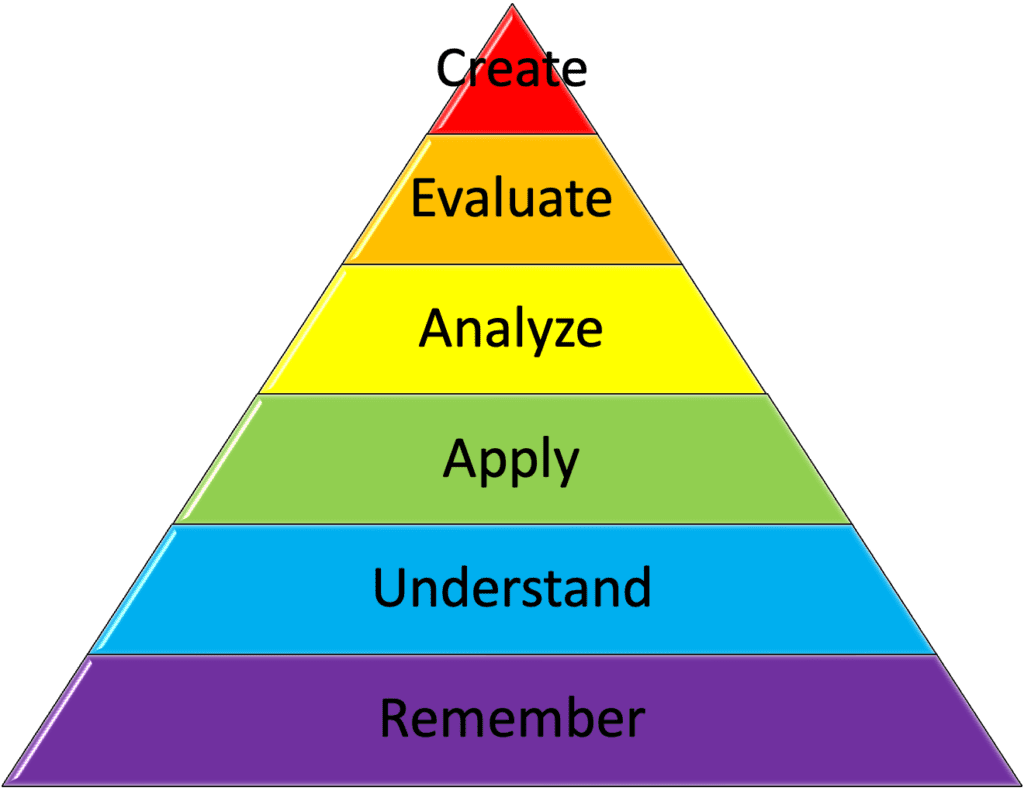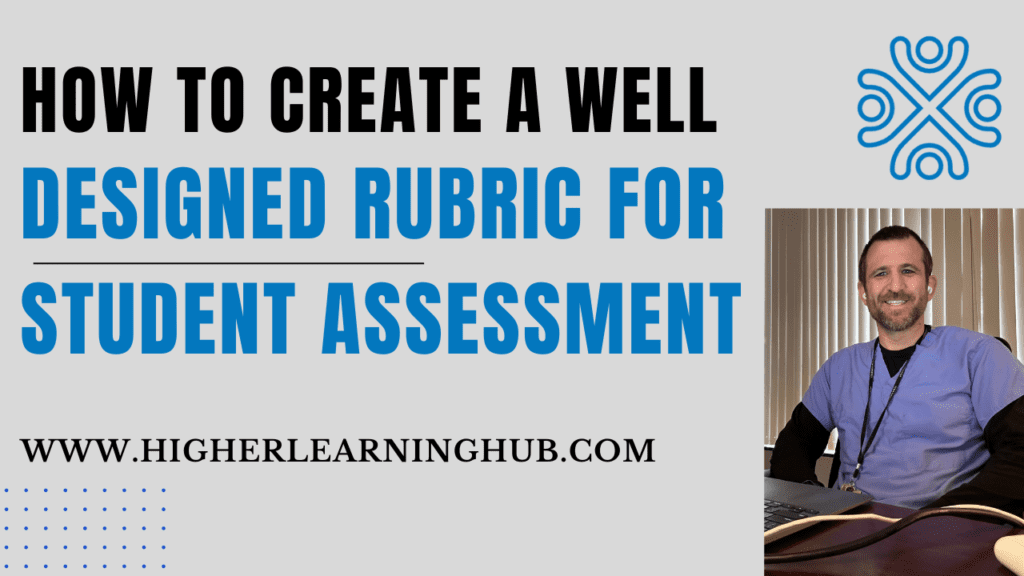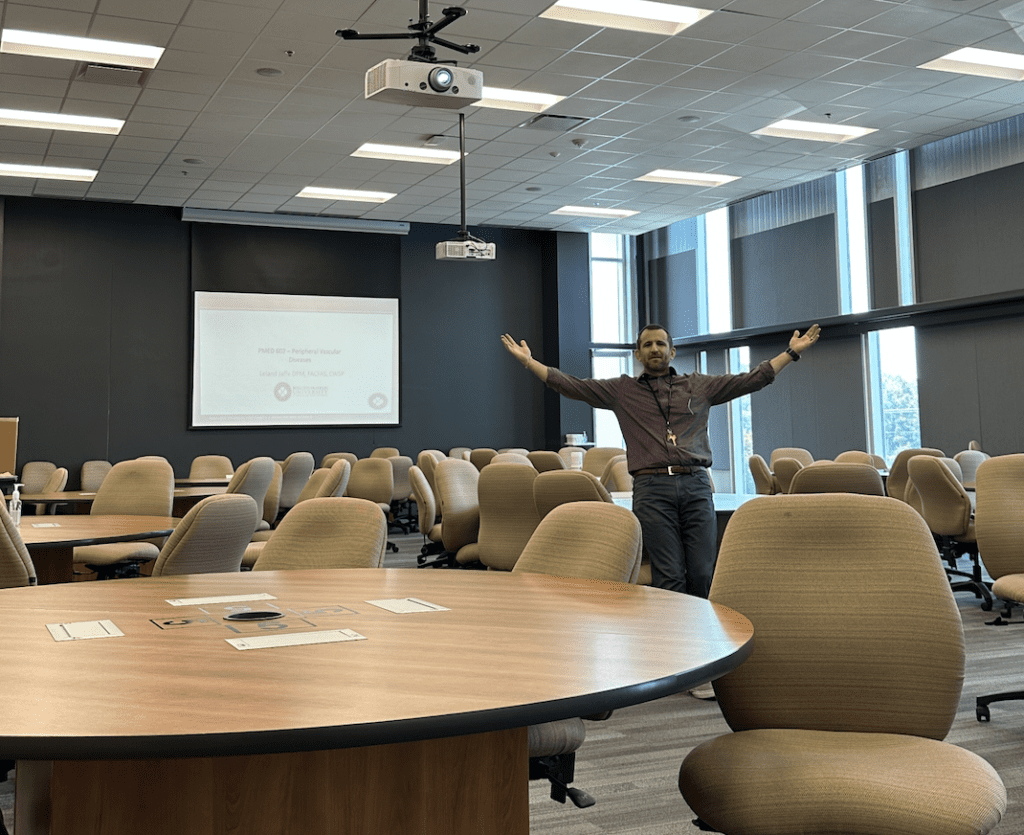The COVID-19 pandemic has profoundly impacted various aspects of our lives, and higher education is no exception. As campuses shuttered in 2020, classes moved online, and traditional learning models were challenged, the world of higher education underwent a rapid evolution. In this blog post, I will explore the 5 impacts of COVID-19 on higher education and how they are shaping the future of education.
1. Acceleration of Online Learning


One of the most evident and immediate changes in higher learning was the rapid adoption of online education. Universities and colleges around the globe transitioned to virtual classrooms practically overnight. While online learning was already a growing trend, the pandemic served as a catalyst, propelling it to the forefront of higher education. Institutions invested in technology, learning management systems, and training for educators to facilitate seamless online education.
2. Hybrid Learning Models
Many institutions have embraced hybrid learning models, which blend elements of both online and in-person instruction. This approach offers flexibility to students and allows for a more personalized learning experience. Hybrid models have the potential to enhance accessibility, catering to diverse learning styles and needs.
Benefits of a hybrid learning model
A hybrid learning model, which combines traditional in-person instruction with online components, offers a range of benefits that cater to the diverse needs of students and educators. One significant advantage is flexibility, as it allows learners to access educational content from anywhere, at any time, fostering a more personalized and self-paced approach to learning. This model also promotes a dynamic and interactive learning experience by incorporating digital tools, multimedia resources, and collaborative platforms, thereby enhancing engagement and understanding. Moreover, the hybrid learning approach accommodates various learning styles, ensuring that students can choose the format that suits them best, whether it’s through face-to-face interactions or virtual engagement. Additionally, educators benefit from the opportunity to leverage technology for efficient content delivery, assessment, and tracking of student progress.
3. Emphasis on Student Well-being and Mental Health
The pandemic highlighted the importance of holistic student well-being. Colleges and universities recognized the need to prioritize mental health resources and support services. Telehealth and virtual counseling sessions became essential tools in ensuring students’ emotional and psychological well-being. Institutions also implemented strategies to combat isolation and foster a sense of community among students, even in a virtual environment.
4. Resilience and Adaptability as Core Competencies
COVID-19 forced higher education to reevaluate the skills and competencies that students need to thrive in an ever-changing world. Resilience, adaptability, and digital literacy emerged as crucial attributes. Institutions are now integrating these skills into their curricula, preparing students for a dynamic job market and a future marked by technological advancements.
5. Revamped Assessment Methods
Traditional assessment methods, such as in-person exams, faced challenges in the online learning environment. As a result, educators and institutions began exploring alternative evaluation techniques, including project-based assessments, open-book exams, and competency-based evaluations. These changes encourage critical thinking, problem-solving, and real-world application of knowledge.
Impacts of COVID-19 on Higher Education: Conclusion
The COVID-19 pandemic has undeniably accelerated changes in higher education, propelling the sector into an era of innovation and adaptability. While challenges persist, the lessons learned from this global crisis have positioned higher learning to better serve students in the years to come. As we navigate the post-pandemic landscape, the resilience, creativity, and dedication of educators and institutions will continue to shape the future of higher education. Together, we are redefining what it means to learn and thrive in a rapidly evolving world.
What are your thoughts on these 5 impacts that COVID-19 had on higher education? Have they had a net positive or negative effect? Please comment below.


Leland Jaffe DPM, FACFAS
Associate Professor and Associate Dean of Clerkship and Residency Placement at the Scholl College of Podiatric Medicine







